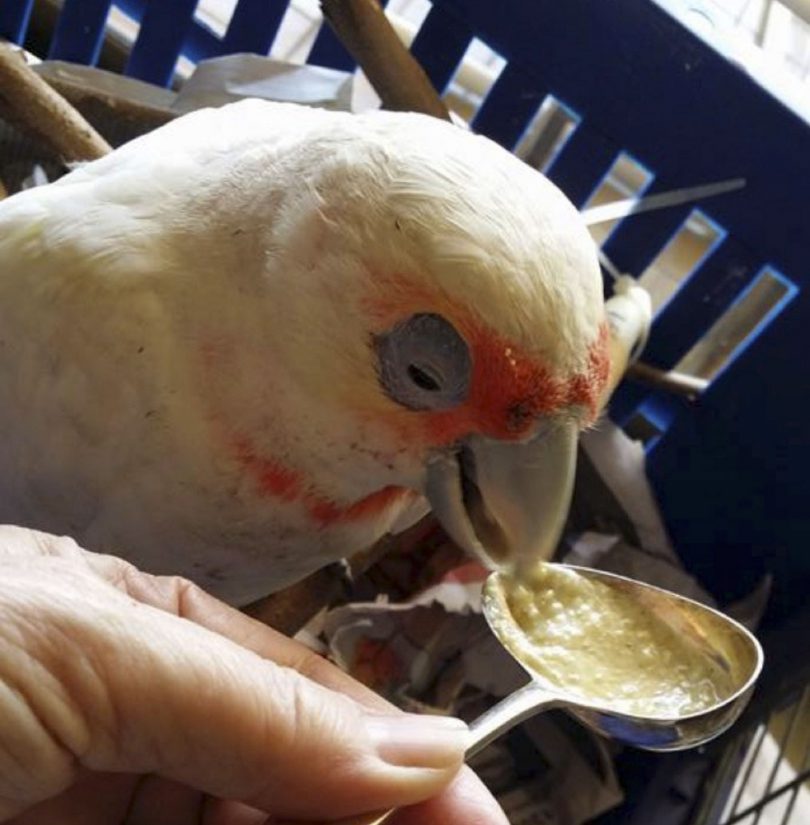However, Sydney Wildlife experts say this is one of the reasons the Sydney basin is in the grip of a Beak and Feather Disease outbreak which is highly contagious and passed onto healthy birds sharing backyard feeding stations.
Sydney Wildlife Rescue and Care course co ordinator Trish Kroll says there is a much better way to get up close and personal with our feathered friends, with the group on the hunt for volunteers in the Bankstown to Panania area to train as carers.
“Once you have the basic skills, it is a lot of fun helping to protect our wildlife,” she said.
“We don’t just need rescuers and carers but carpenters to build aviaries, drivers to transport animals and others that can provide around the clock feeding for chicks and baby animals.”
When we are called about an animal in strife, we contact the closest member to the animal or a member who has specialist skills with that type of animal, who will then swing into action, provide care and take the animal to the vet, as any member of the public can and the vet won’t charge if it’s a native species.
“If you spot a carpet snake, which is not native, you need to contact us about that too as we don’t want them mixing with our native snakes,” Trish said, adding that she presently has a diamond snake and a few blue tongues boarding with her.
The initial Rescue and Care course covers skills required for handling possums, most birds and native reptiles like lizards and turtles with further courses covering koalas, kangaroos, wallabies, eagles, hawks, owls, snakes and tiny species like gliders.
To register your interest and find out more, go to sydneywildlife.org.au.
Become a wildlife rescuer
HOW nice is it to put out a plate of seed and have a variety of birdlife dropping in to enjoy the feast?


